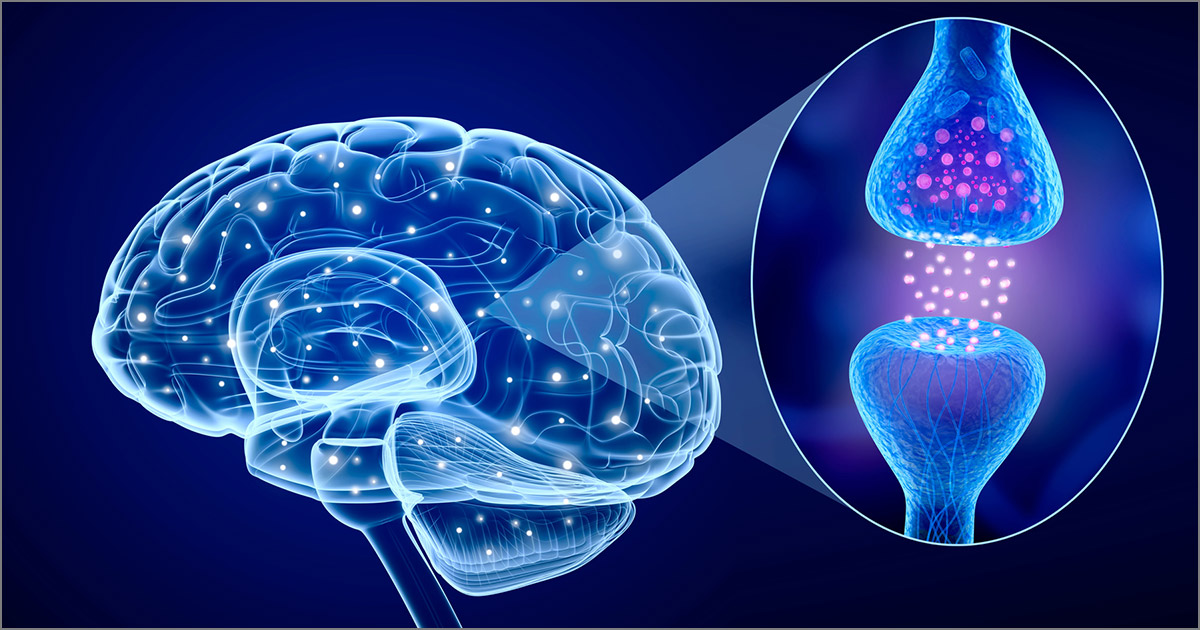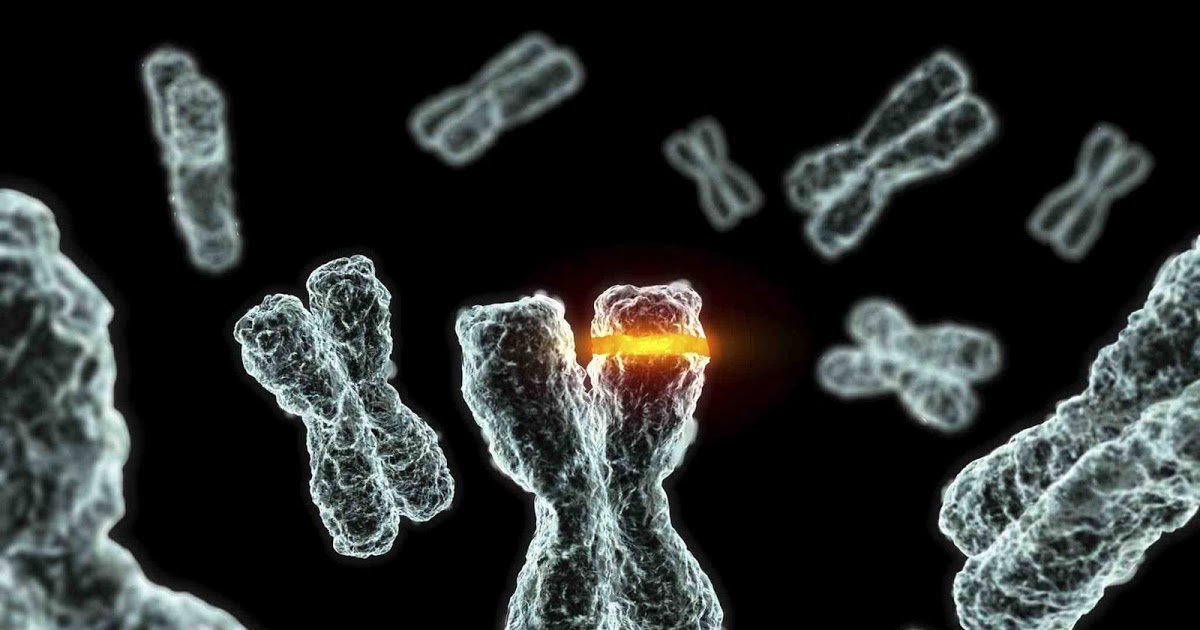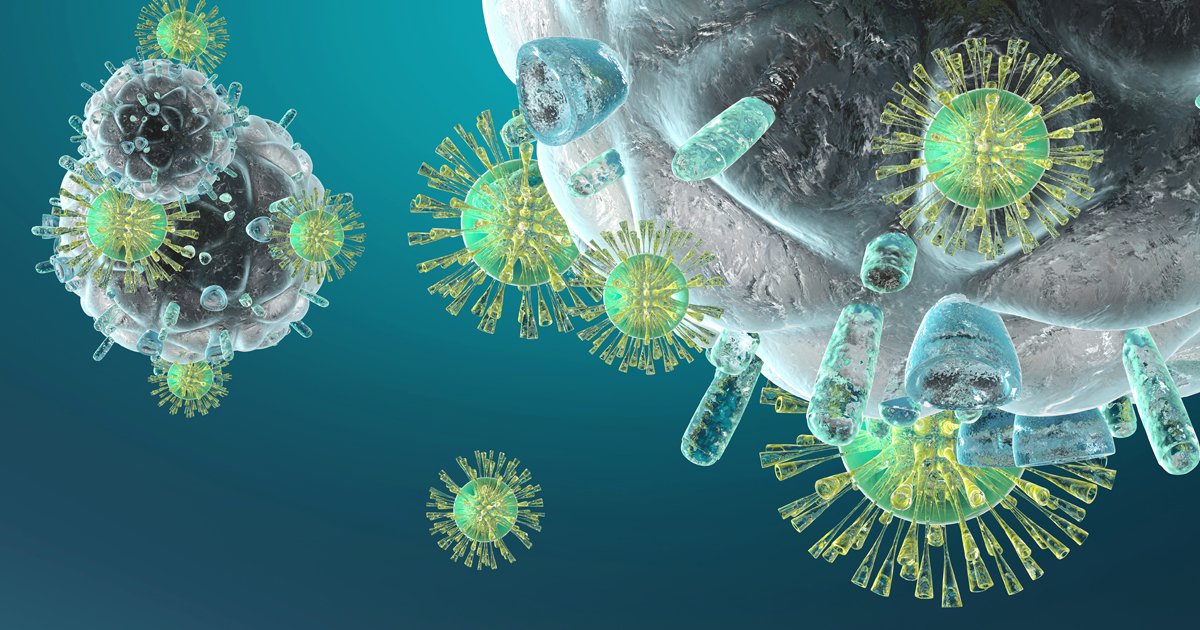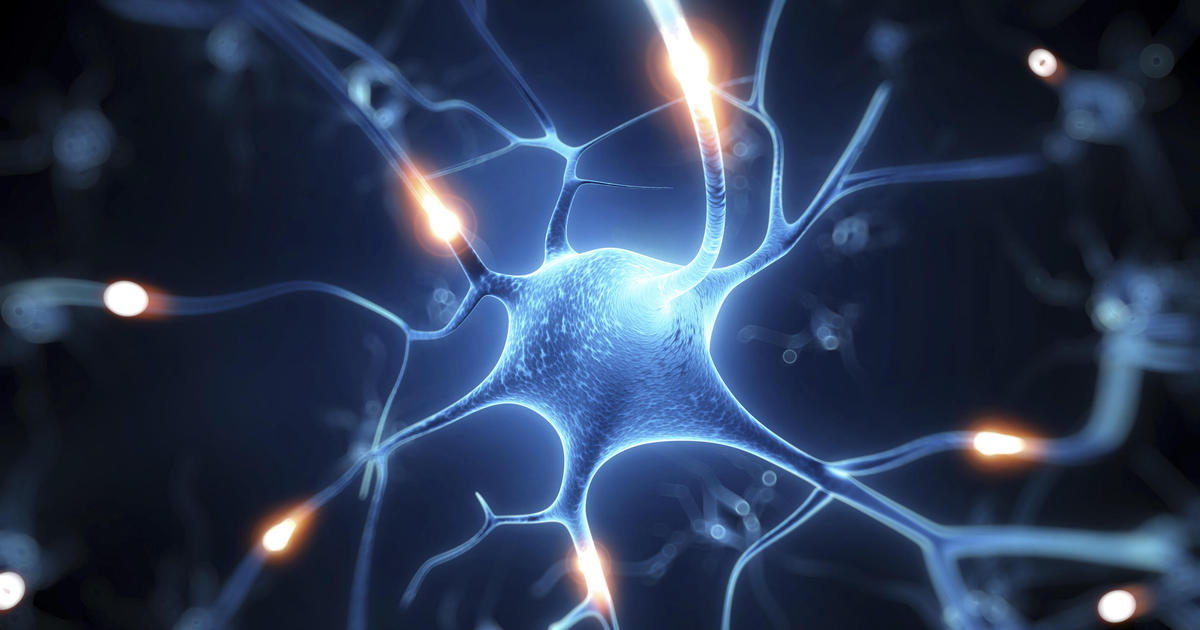What Causes And Increases The Risk Of Amyotrophic Lateral Sclerosis?
Amyotrophic lateral sclerosis (ALS) is actually a grouping of neurological diseases that progressively worsen over time. Unfortunately, ALS currently has no cure, and even the treatment options do not do much to slow or reverse the progression of symptoms. In amyotrophic lateral sclerosis, upper and lower motor neurons in the brain, which are responsible for relaying messages to the spinal cord and muscles, die or degenerate over time. This causes the muscles to not receive messages and stop functioning over time. While there is no cure, scientists have determined several causes of ALS. Get to know these major causes now.
Chemical Imbalance

One of the potential causes of amyotrophic lateral sclerosis is the presence of elevated levels of glutamate in the body. This nonessential amino acid cannot cross the blood-brain barrier, but inside of the brain, it acts as one of that organ's most important chemical messengers. Unfortunately, when a neural injury occurs, it can result in too much extracellular glutamate in the body. Since glutamate becomes deadly to neurons at this elevated level, its overabundance seems able to cause cognitive impairments ranging from Alzheimer's disease and epilepsy to ALS. Anyone with amyotrophic lateral sclerosis will likely be told by their doctor to avoid glutamate supplements because of the chemical imbalance that has already been caused.
Continue reading learn about more causes of ALS now.
Gene Mutation

There are two types of amyotrophic lateral sclerosis: sporadic and familial. While sporadic ALS occurs at random and accounts for the majority (roughly ninety to ninety-five percent) of amyotrophic lateral sclerosis cases, an estimated five to ten percent is due to genetic mutation. Thus, they are considered familial. Genetic mutations have actually been detected in patients with both types of ALS. One potential genetic mutation linked with amyotrophic lateral sclerosis is that of the protein angiogenin. Another highly likely cause is gaining a new and very harmful function of the protein known as superoxide dismutase 1 (SOD1), which causes the SOD1 gene to mutate. Mutations also impact messenger RNA (mRNA), which acts as a messenger between proteins and their corresponding genes. Errors in the RNA-making process might cause different genetic mutations to occur and result in ALS.
Learn more about the causes of amyotrophic lateral sclerosis now.
Improper Immune Response

Every human being has an immune system that is supposed to respond appropriately to threats of invasion by harmful substances, like viruses and bacteria. However, patients with amyotrophic lateral sclerosis might experience abnormal immune responses, where the immune system mistakenly attacks and kills some of the body's necessary and healthy cells, such as nerve cells. As some research demonstrates, immune responses can be protective of cells from neurodegenerative diseases like ALS, while other responses seem to cause damage. Some studies have indicated the secondary presence of T-cell infiltration and inflammation in the brains of those with amyotrophic lateral sclerosis, while others have found these to be primary presences.
Keep reading to learn about the next cause of ALS.
Mishandled Proteins

It is important that proteins are appropriately recycled within the cells since this helps neurons function at their best. When a protein gets mishandled, the cell gets harmed to the point it cannot maintain or repair itself. This mishandling allows a buildup of these now abnormal proteins to accrue, which leads to the deaths of nerve cells. The deaths of these nerve cells mean the muscles in the body do not receive the messages they need from the brain and become weaker over time. As time goes on, the patient is less able to function physically. One of the proteins identified as being mishandled is called ubiquilin 2. In patients with amyotrophic lateral sclerosis, it becomes mutated and results in the formation of a non-working ubiquilin 2 enzyme, which is what triggers the accumulation of abnormal proteins.
Get to know the next cause of ALS now.
Exposure To Environmental Risk Factors

Scientists have discovered there might be links between amyotrophic lateral sclerosis and the exposure to environmental risk factors. For example, one study conducted on military personnel stationed in the Gulf during the Gulf War were more likely to develop ALS than their peers deployed elsewhere. Military personnel run the risk of environmental exposure with regards to amyotrophic lateral sclerosis, as do those who have encountered high levels of heavy metals, exercise, agricultural chemicals like pesticides, and who have experienced electrical or mechanical trauma. Many of these risk factors are still not yet well understood, but there is certainly reason to further investigate the role of oxidative stress as a pathway for environmental factors to impact ALS.
Continue reading to uncover more causes and risk factors of amyotrophic lateral sclerosis now.
Physical Trauma

Recent research has investigated whether physical trauma could contribute to an individual’s development of this condition. A 2019 study conducted in an animal model of amyotrophic lateral sclerosis demonstrated the onset and spread of the disease can be triggered by a single injury to a peripheral nerve in an arm or leg. This occurred even when the nerve injury was small and only caused temporary, mild weakness. Scientists believe the nerve injury produces significant inflammation within the spine, and this triggers the disease onset and progression in genetically predisposed individuals. An earlier population-based study from 2016 examined Danish national registries to look for a possible link between trauma and this disease. The authors of the study observed that experiencing a first physical trauma (one severe enough to require hospitalization) prior to age fifty-five increased an individual’s chances of contracting amyotrophic lateral sclerosis; however, patients who experienced the first trauma after age fifty-five did not have an elevated incidence of this condition. In addition, a small 2010 study of twelve professional boxers and football players with chronic traumatic encephalopathy (CTE) noted the repeated head trauma that causes CTE was associated with increases in the diagnosis of amyotrophic lateral sclerosis. Three of the twelve subjects in the study eventually developed amyotrophic lateral sclerosis.
Read more about what causes and increases the risk of ALS now.
Exposure To Toxins Or Infectious Agents

Scientists are currently learning more about how exposure to toxins or infectious agents might influence the development of amyotrophic lateral sclerosis. So far, researchers believe exposure to toxins or infectious agents may increase oxidative stress, a factor strongly linked to the development of ALS in laboratory studies. In addition, research has shown military personnel who served in the Gulf War during the early 1990s, where they were likely exposed to heavy metals and highly toxic substances, have a much higher rate of amyotrophic lateral sclerosis than military members deployed elsewhere. A study conducted between 2011 and 2014 examined 156 patients who were recently diagnosed with this disease. Blood samples were provided by all of the participants, and the researchers tested the samples for more than one hundred persistent environmental pollutants, including organochlorine pesticides, polychlorinated biphenyls, and brominated flame retardants. Published in 2016, the study results showed patients who had been exposed to one or more of these pollutants were later diagnosed with amyotrophic lateral sclerosis at a much higher rate than those who had not been exposed. The authors suggest patients may be able to modify their risk for this condition by avoiding pesticide exposure.
Learn more about the major causes and risk factors of ALS now.
Viruses

Evidence suggests there could be an association between viruses and the development of amyotrophic lateral sclerosis. Scientists believe viruses could trigger this disease by manipulating a variety of dysfunctional pathways in the body. A study published in 2018 investigated a possible link between enteroviruses, including polio and coxsackievirus, and this condition. The researchers noted patients who have had polio have a higher chance of ALS, and they noted thirteen percent of patients with amyotrophic lateral sclerosis also have frontotemporal dementia. Both of these diseases share some of the same disease mechanisms, and researchers have identified enteroviruses as a known risk factor for the development of frontotemporal dementia. Therefore, they believe it is likely that this virus is correlated in some way with ALS, and additional studies are being done with the hope of obtaining conclusive evidence. An additional study showed a type of retrovirus called HERV-K, a part of everyone's DNA that is normally dormant, becomes fully active in certain patients with amyotrophic lateral sclerosis. Research is currently being done to attempt to provide stronger data on the possible link between viruses and this condition, and several other virus types are also being investigated.
Get more details on what increases the risk of ALS now.
Strenuous Physical Activity

Several recent and newly released studies indicate strenuous physical activity might elevate an individual’s risk of developing amyotrophic lateral sclerosis. A study published in 2018 involved more than one thousand participants in several European countries. Researchers assigned a lifetime physical activity score to each subject, and results showed an association between high levels of vigorous activity and the development of this disease. Specifically, the subjects who were the most active had a twenty-six percent increase in their risk of contracting the condition. Additional research has suggested strenuous physical activity might correlate with a higher incidence of this disease in postmenopausal women; mild physical activity did not share this risk. Experts caution that there are no simple answers. While these studies have shown a correlation between certain environmental factors and ALS, more research needs to be done to establish causation.
